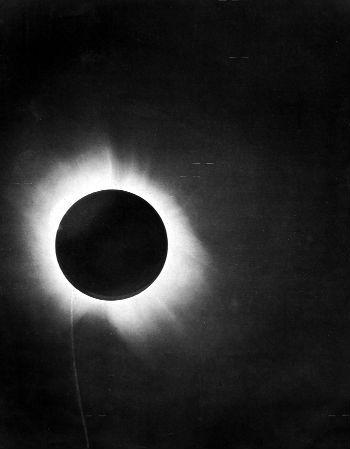Section Branding
Header Content
University Of West Georgia Students Will Use The Eclipse To Check Einstein’s Work
Primary Content
Astronomy students at the University of West Georgia are using Monday’s solar eclipse to recreate an experiment that proved Albert Einstein’s General Theory of Relativity.
They’ll photograph the eclipse as it passes over Lake Murray, South Carolina. Professor Bob Powell says they aren’t breaking new ground, but it is valuable hands-on experience.
“For the first time, small universities are able to do this,” he said of the small cameras and telescopes they’ll be using. “And if we’re successful, I suspect in the next eclipse there will be dozens of universities who will be doing it.”
Powell says the only time you can do an experiment like this is during an eclipse. Einstein theorized the sun’s gravity bends light from other stars. British scientist Sir Arthur Eddington set out to prove this during a 1919 eclipse. According to Science Friday:
Eddington dispatched teams to Sobral, Brazil and Príncipe, an island off the west coast of Africa, to photograph stars appearing near the sun during the total eclipse when they briefly became visible. When he compared the stars’ apparent positions during the eclipse to their positions in the night sky, he found them to be slightly different, just as the theory predicted.
Thanks to Eddington, Einstein went from obscurity to the world’s most renowned scientist almost overnight.
Powell says about 20 University of West Georgia students will take part in the re-creation. They’ll also run other experiments, including a radio telescope to measure the eclipse’s effects on radio waves from the sun.


